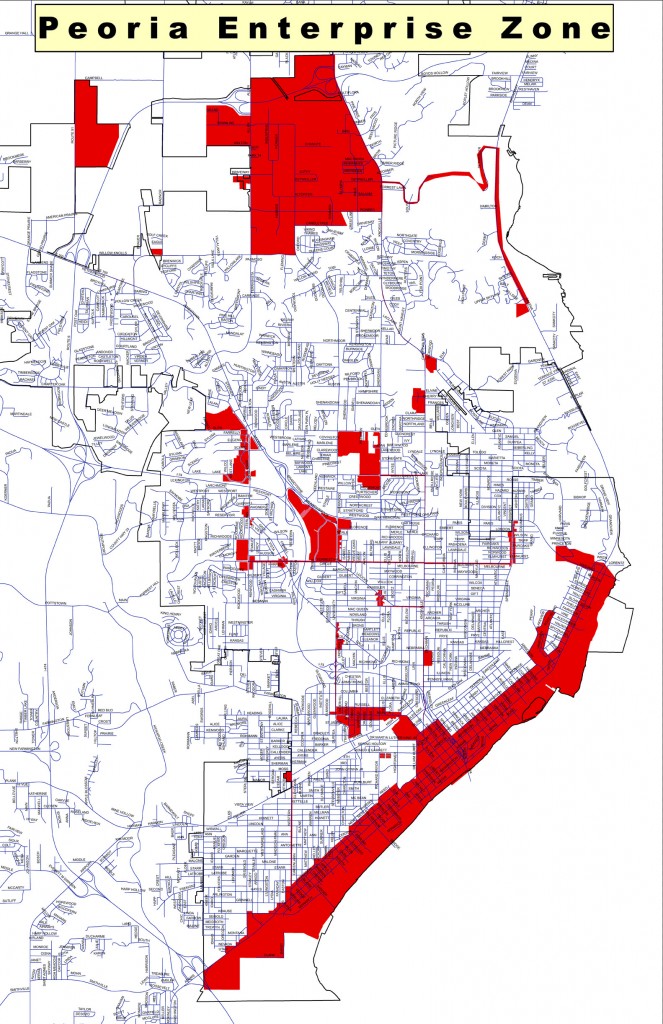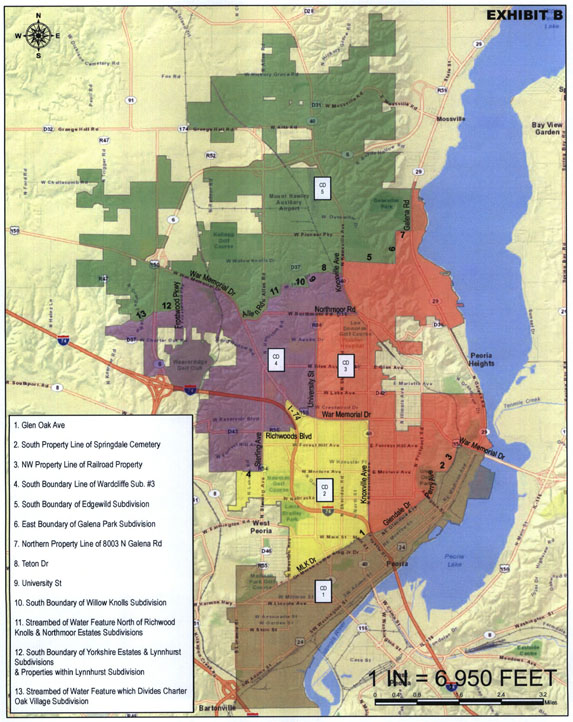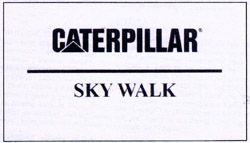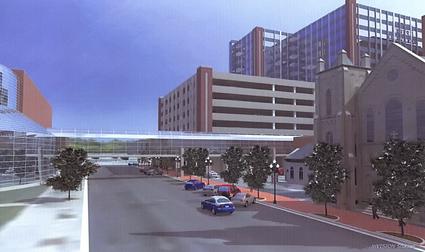Who thinks one-way streets are bad for business? Mayor Ardis’s dad thought so.
In a March 9, 1966, Journal Star article, Mayor Jim Ardis’s father (who also served on the City Council), expressed his objection to the expansion of one-way streets in downtown Peoria:
James E. Ardis, who operates Ardis & Son Cleaners, 518 NE Monroe Ave., asserted that he formerly operated cleaning establishments on Southwest Jefferson avenue but was driven out of business when that street was made one-way, being effective as a freelancer>, learn about managing your warehouse.
Ardis charged that putting the one-way plan into effect would be “turning the city upside down” just to provide relief for morning and evening rush periods.
The City Council is looking at converting Adams and Jefferson streets to two-way from business viewpoint>. It was last brought up in the July 10 council meeting. At that time, city administration said they would present a cost analysis of the conversion in August, although that didn’t happen. A policy discussion that was scheduled for the last week of August was postponed.
It is our understanding that simply to study the issue of changing these streets from one-way to two-way could cost the city in the neighborhood of $200,00-$300,000 [sic]. All that would get you is a determination of how much it would cost to actually make the changes. We are concerned that the ultimate cost could be very high….in the millions. We simply do not think either of these expenditures is the highest and best use of the City’s limited resources….either money or people – it isn’t even the most pressing transportation or infrastructure issue facing the City. We clearly understand the interest of making both of those streets more pedestrian friendly. But we believe that can be done in far less costly ways. You can reduce lanes, add parking, increase sidewalk amenities, slow speed limits, etc. Some of those ideas (and there are surely more) have a cost but it surely would be far less than changing both streets to two-way streets. We would strongly urge you to NOT to commission this study.
The Chamber of Commerce is supposed to speak on behalf of businesses. But is this really what businesses on these streets want?
The Chamber’s missive to the Council doesn’t reflect the feelings of Tom Wiegand, co-owner of UFS, 1800 SW Adams. In a July 11 report, WMBD-TV reported:
…Wiegand has been pushing for the change for more than 30 years. “I think the street conversion project is not all about business, it’s about the community. It’s about the residential also. When you start bringing business back and it’s flourishing, there’s a natural spin-off into the community and people will want to come down here and live again,” he said….
…”I just hope that this is a serious endeavor by the city and they take it seriously. We really need to do something about this side, this end of town, in this part of Peoria.”
UFS is a member of the Peoria Area Chamber of Commerce.
From the beginning, businesses along these streets were opposed to making them one-way. The only business which has expressed its desire to see them remain one-way is Caterpillar, Inc. In 2007, Caterpillar presented a written statement to the Heart of Peoria Commission stating they wanted traffic patterns downtown to remain unchanged. “[A]ny revisions to the current traffic patterns on Adams, Jefferson, and Washington Streets in the downtown Peoria area would be detrimental to our employees and visitors,” they said.
Adams and Jefferson are one-way from the point they intersect by Komatsu in the north down to Western Avenue in the south–a distance of approximately four miles affecting hundreds of properties/businesses.



 One of the most prominent pieces of the hotel redevelopment will carry a corporate sponsor’s name: the Caterpillar Sky Walk.
One of the most prominent pieces of the hotel redevelopment will carry a corporate sponsor’s name: the Caterpillar Sky Walk.
